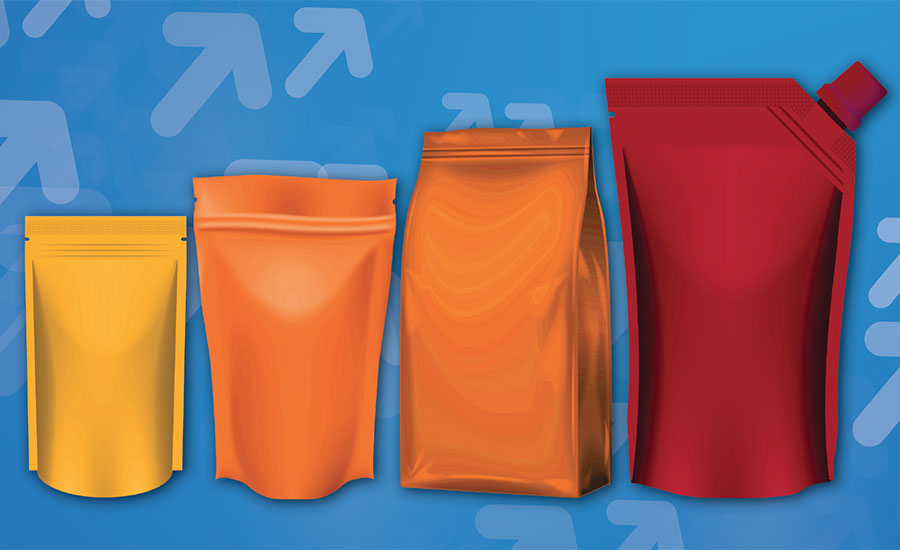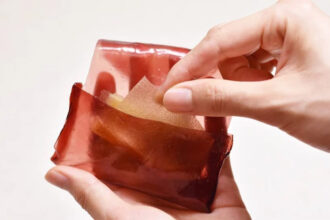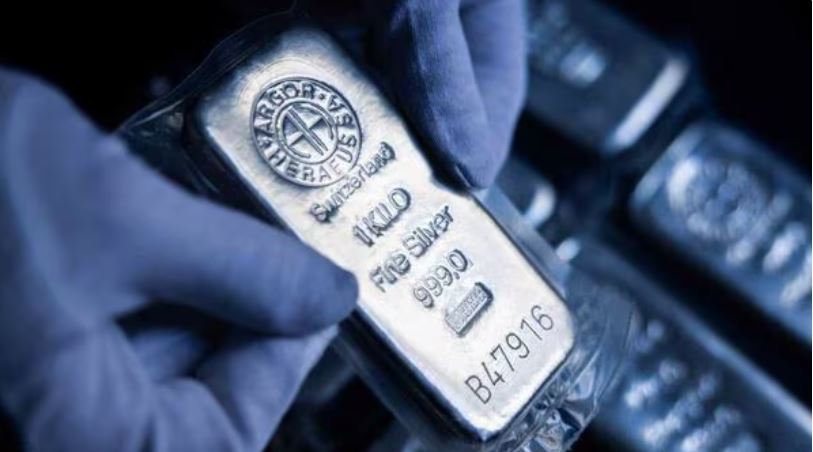Flexible packaging is no longer just a cost-saving strategy. It is a sustainable solution, a branding tool, and a functional upgrade.
Once seen as a lightweight alternative to rigid containers, flexible packaging in the U.S. has evolved into a sophisticated format that delivers value across the supply chain, from reduced material use and transportation costs to extended shelf life and greater design flexibility. It is now the fastest-growing segment in the packaging industry, reflecting changing consumer expectations and corporate sustainability goals.
Flexible packaging refers to materials such as pouches, bags, wraps, and films that can change shape and be easily customized. These materials are typically made from plastics, aluminum foil, paper, or a combination of these. Whether resealable snack bags, vacuum-sealed meat packs, or stand-up pouches for household goods, flexible packaging offers unmatched versatility.
Consumers today prioritize convenience, safety, and sustainability. As a result, flexible packaging is becoming the go-to choice for food and beverage, healthcare, personal care, and household products. According to Grand View Research, the U.S. flexible packaging market is projected to reach USD 83.5 billion by 2030, growing steadily as brands and consumers demand smarter, greener packaging solutions.
A New Era for Flexible Packaging in the U.S.
The packaging industry in the United States is witnessing a transformation where function meets innovation. Flexible packaging is at the heart of this change. With growing awareness of plastic pollution, rising demand for convenience, and advancements in material science, companies are rethinking how they package and deliver their products. The following are the key factors fueling this packaging revolution.
- Sustainability Takes the Lead: Eco-conscious packaging is now essential. Consumers and retailers are demanding recyclable and biodegradable options. Plant-based films, mono-materials, and water-based inks are becoming industry standards.
- Convenience is King: Resealable pouches, microwaveable films, and easy-to-carry packs make flexible packaging ideal for modern, on-the-go lifestyles. It offers both user ease and supply chain efficiency.
- Smart Packaging & Tech Integration: Flexible packaging is getting smarter with QR codes, NFC chips, and temperature-sensitive labels, enabling real-time tracking, product info, and interactive brand experiences.
- E-commerce Ready: With the rise of online shopping and food delivery, flexible packaging offers durability, space-saving benefits, and portability, perfect for fast, mobile consumption.
- Boosting Brand Appeal: High-quality printing and unique designs help brands stand out. Flexible formats offer versatility, from stand-up pouches to easy-pour spouts, enhancing both shelf presence and user experience.
Where Innovation Meets Design: Flexible Packaging Goes Premium
Gone are the days when flexible packaging was categorized as merely low-cost or disposable. Today, high-gloss coffee bags, matte-finish cosmetic pouches, and sleek wine sleeves are redefining what “premium” looks and feels like. From wine and nutraceuticals to personal care products, brands are embracing lightweight formats that deliver a luxury unboxing experience while reducing their carbon footprints. Tactile finishes, innovative spouts, and refillable sachets are giving consumers the tactile and visual cues of high-end packaging, without the heft or waste.
At the same time, digital printing and short-run production are leveling the playing field for startups and D2C brands. Custom campaigns, limited-edition designs, and niche storytelling are now within reach, allowing small players to punch above their weight on crowded shelves. This brand-new agility means that even indie brands can captivate eco-savvy millennials with eye-catching, sustainable packs, turning every unboxing into a brand moment.
Not Just a Wrapper: Flexible Packaging Goes Mainstream
Flexible packaging has outgrown its origins in snack bags and coffee pouches. Today, it plays a critical role across various industries, from pharmaceuticals and pet food to home care and industrial applications.
Food & Beverage: The Growth Engine
This segment dominates the U.S. flexible packaging market, accounting for more than 50% of the total revenue share. Whether it is resealable meat pouches, juice spouted packs, or frozen meal wraps, flexible packaging is designed to protect freshness, extend shelf life, and reduce food waste.
Pharmaceuticals: Trust and Safety in Every Seal
The demand for blister packs, single-dose pouches, and child-resistant laminates is growing in the pharmaceutical sector. These solutions provide tamper-evidence and dosage control, both essential for patient safety and regulatory compliance.
Personal Care & Cosmetics: A Touch of Innovation
Brands are now experimenting with flexible tubes, sachets, and sample-sized pillow packs for shampoos, creams, and face masks. These formats are not just functional, but also support luxurious finishes and print innovations, creating powerful shelf impact.
Flexible vs. Rigid Packaging: What’s the Real Difference?
Flexible packaging is made from materials like plastic film, foil, or paper, and can easily change shape when filled. It is used in products like chip bags, coffee pouches, baby food packs, and even pet food.
Rigid packaging, on the other hand, includes containers like glass bottles, metal cans, and hard plastic tubs. This offer durability but is heavier, more expensive to transport, and less eco-friendly in terms of material use.
In today’s market, flexible packaging wins on agility, design innovation, and sustainability. It can reduce packaging weight compared to rigid options, making it an ideal solution for companies looking to cut costs and go green.
When Packaging Gets Smart: Tech Innovations on the Rise
The flexible packaging industry in the U.S. is not just expanding in volume, it is evolving in intelligence. With technology playing a bigger role, brands are investing in smart and interactive packaging solutions that add value and improve traceability.
QR Codes & NFC Tags: Brands are embedding scannable codes and near-field communication (NFC) tags in packaging to deliver real-time information to consumers. This includes everything from nutritional details and expiration dates to promotional offers and sustainability credentials.
Barrier Technologies: Advanced barrier films are now widely used in food, beverage, and pharmaceutical packaging to maintain freshness and prevent contamination. These multi-layer materials offer strong protection against moisture, oxygen, and UV light, while remaining flexible, lightweight, and easy to handle.
Digital Printing: High-speed digital printing is enabling mass customization. Brands can now run short, personalized packaging batches with minimal lead time, ideal for seasonal promotions or region-specific campaigns.
Looking Ahead The future of U.S. flexible packaging is smarter, greener, and more consumer-focused. As technology advances and sustainability becomes a priority, brands will continue to adopt eco-friendly materials, smart labels, and personalized designs. Flexible packaging will not only protect products but also enhance brand storytelling and user experience. Its adaptability makes it the ideal choice for evolving market demands. The next chapter is all about innovation with impact.
















